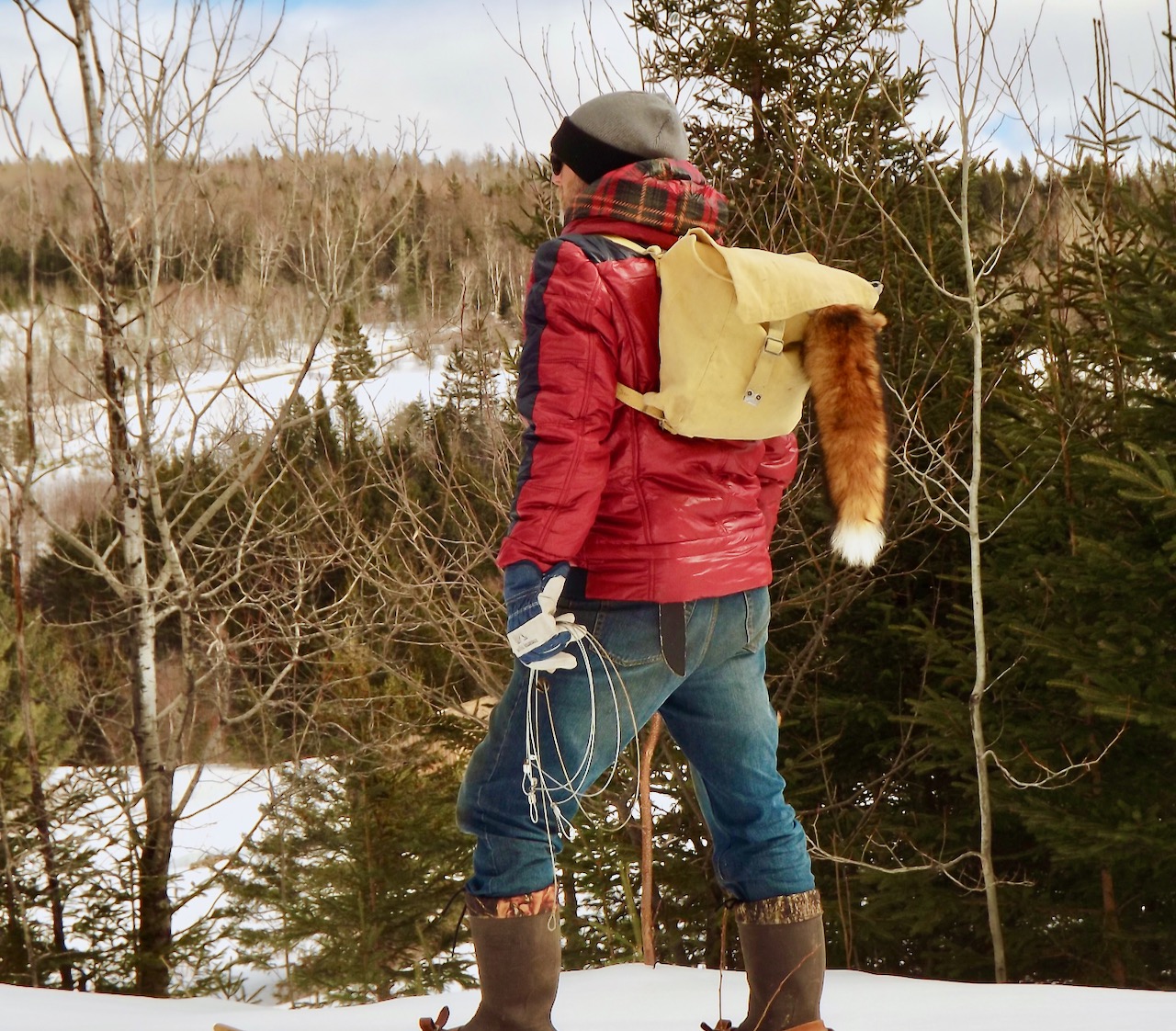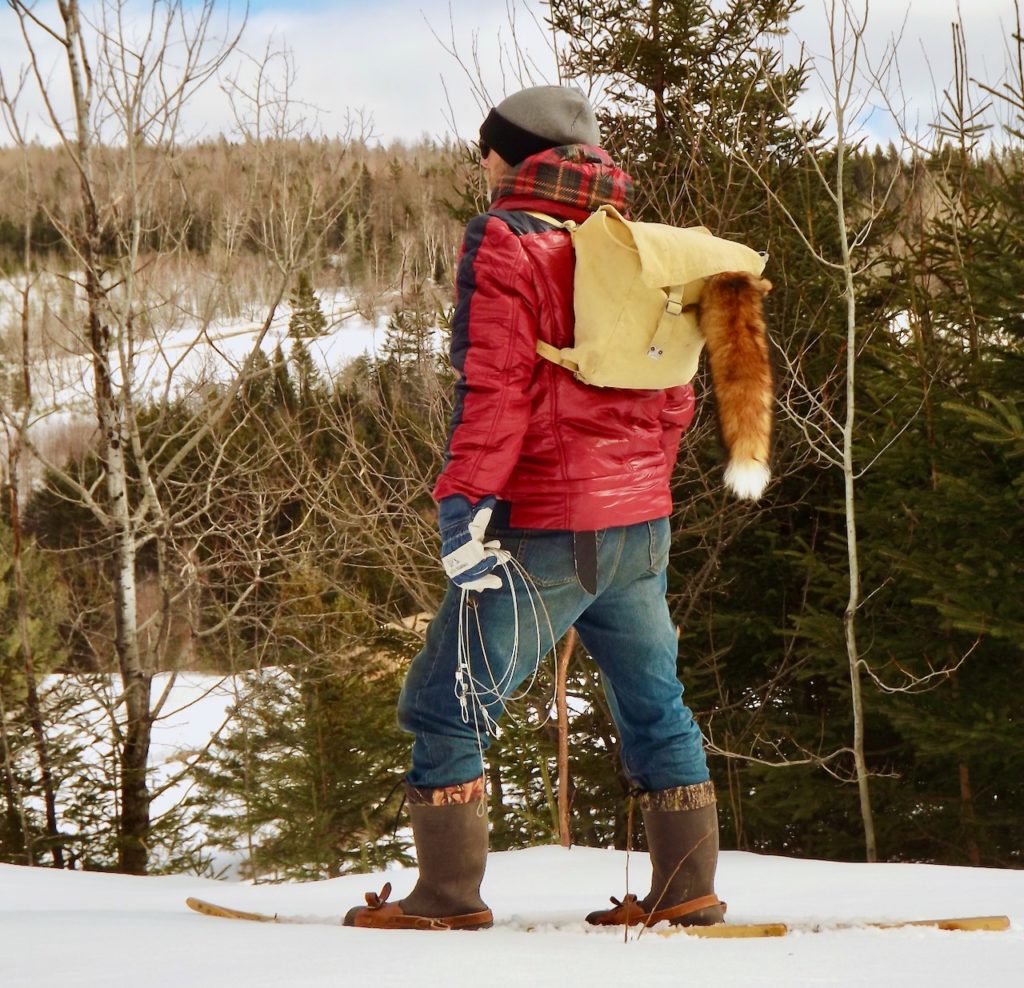TRAPPING FOR TENDERFOOTS
A beginner’s guide to everything you should know before heading out on the trapline
Advertisement
GETTING STARTED
Fur trapping is one of the most heavily regulated outdoor activities, with very strict rules on the traps and techniques used. Plus, processed pelts can only be sold to licensed buyers, with each fur numbered and traced from forest to fashion runway. And long before any traps can be set, you must first successfully pass a trapping course. Those are put on throughout the year by provincial fish and wildlife departments in conjunction with local trapping organizations. With chapters across Canada, these groups are excellent sources of information for anyone starting out on the line. They’re also the very folks who work hard to ensure the following season will still take place (see www.outdoorcanada.ca/traplinks).
Advertisement
At one time, fur trapping was cloaked in secrecy to prevent rampant thievery or worse, which happened all too often. Thankfully today, things are far different, with veteran trappers happy to offer honest guidance. With the seasons awash in regulations, it’s imperative to form good legal habits, and listening to experience can certainly help. And down the line when you’ve had several seasons under your belt, remember how much you appreciated help in the beginning when some eager tyro comes knocking.
No fur harvest is possible without a trapline. Some provinces allow trappers to operate with no set boundaries, while others manage a system of registered traplines. Instituted originally to control overharvesting, registered traplines are parcels of crown land to which individuals are granted exclusive trapping rights. This type of trapline often has strict guidelines concerning trail building, land maintenance and camp locations, not to mention harvest quotas. The regulations vary, right down to who can run a registered trapline, so any beginner must have a clear understanding of all this before buying a single trap.
Fur trappers generally prefer to be solitary—not stacked like anglers along a salmon run
In areas with no registered traplines, the territory is either crown land or private property, where permission must be granted. You’ll have to sell yourself to the landowner, so be clear on how you operate. And explain the benefits of a fur harvest, especially when it comes to raccoons and coyotes. If you get turned down, leave respectfully, and maybe the next time permission will be granted.
Advertisement
Some trappers have verbal agreements with landowners, as well as other trappers, on the size of their trapping areas, using land features to mark agreed-to boundaries. Fur trappers generally prefer to be solitary—not stacked like anglers along a salmon run.
Finally, be prepared to encounter folks who feel you’re evil for harvesting wild fur. Anyone involved with fur trapping has been enduring this for decades. Just keep your cool, don’t play the victim and never let your temper off the leash. Some people are simply out to avenge countless perceived wrongs. If you are legally licensed and following all regulations, don’t be intimidated.


